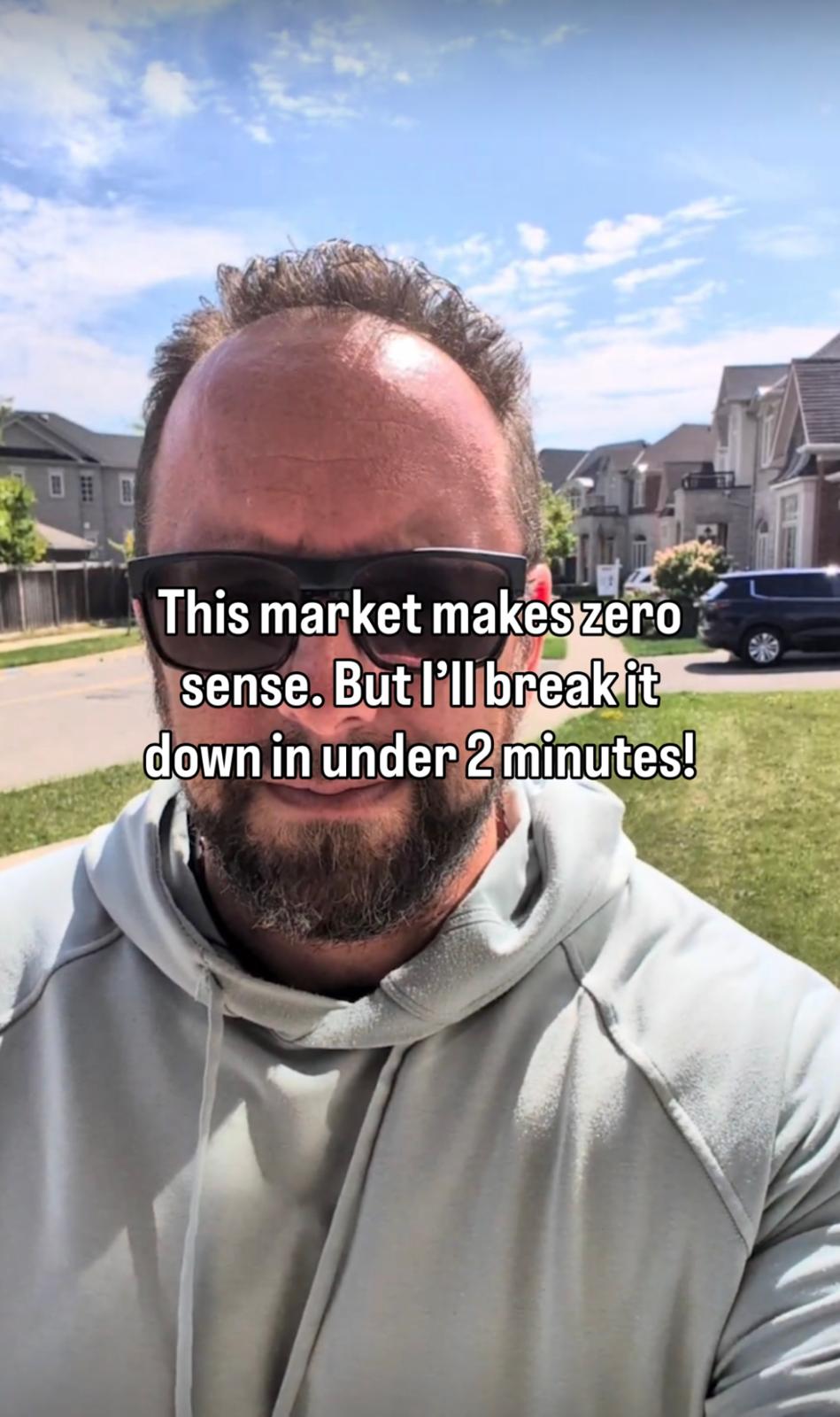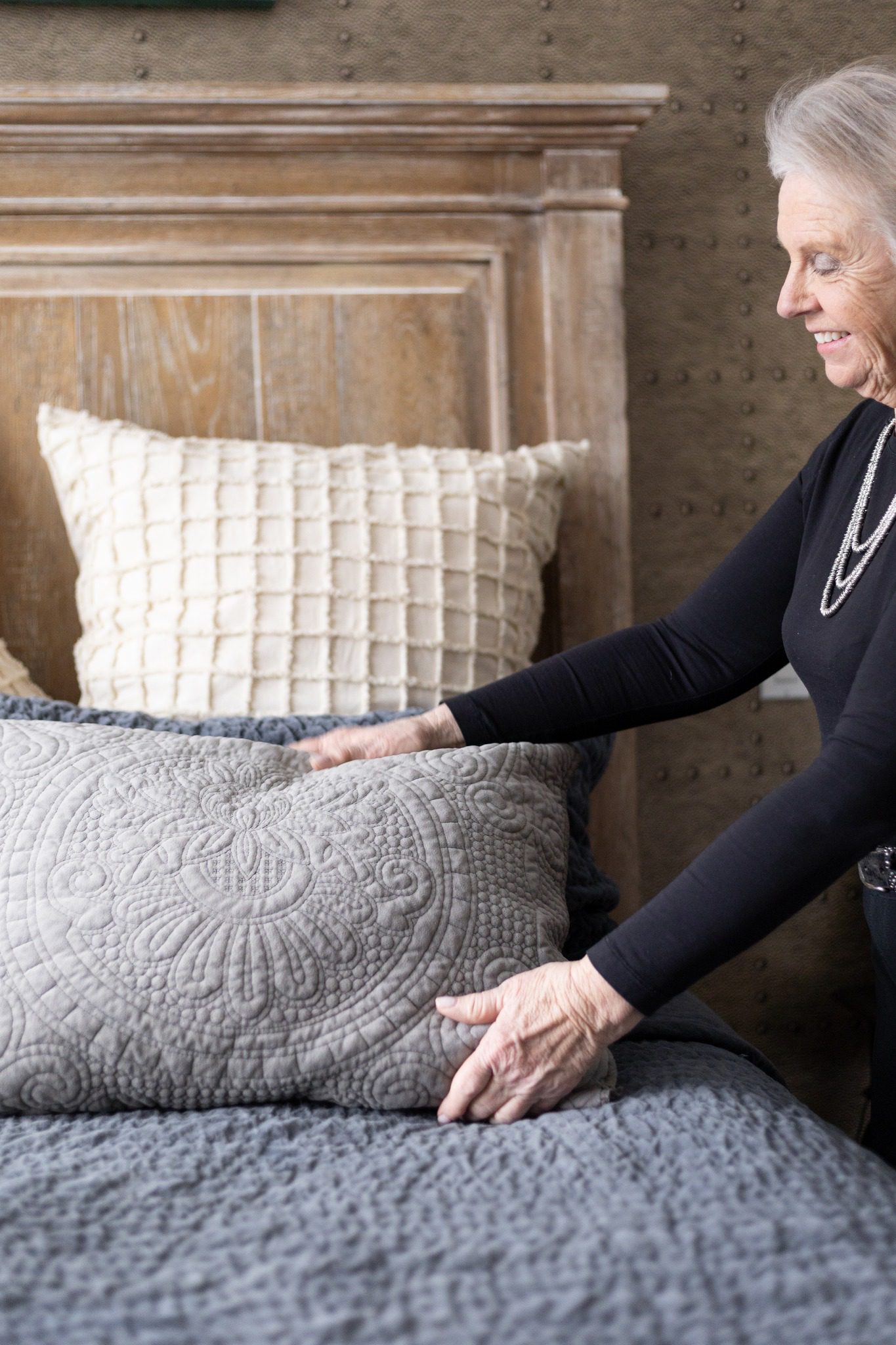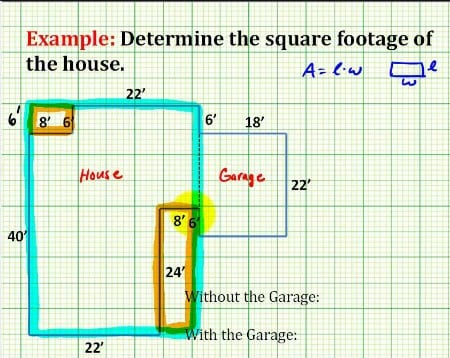Author: KP & Associates
Sep 5, 2025 / Blog
What’s scarier? Moving homes or slowly going broke in the one you’re got?

- The idea of moving.
- Or the reality of watching your hard-earned money disappear every month into a house that’s dragging you down.
Interested in learning more? Send us a message here and we’ll be in touch with you soon after.
Sep 1, 2025 / Uncategorized
This market makes zero sense. But I’ll break it down in under 2 mins.

- It’s not a buyer’s market.
- It’s not a seller’s market.
Interested in learning more? Send us a message here and we’ll be in touch with you soon after.
Aug 29, 2025 / Blog
Do you want to know the one thing most buyers lie about?

Interested in learning more? Send us a message here and we’ll be in touch with you soon after.
Aug 21, 2025 / Blog
Do you have a story to share or a business you’re proud of?

Interested in learning more? Send us a message here and we’ll be in touch with you soon after.
Aug 14, 2025 / Blog
Want more for your home? Stop doing this!

- List too high → you get stale → you get less.
- List sharp → you create urgency → you get more.
Interested in learning more? Send us a message here and we’ll be in touch with you soon after.
Jul 24, 2025 / Blog

They thought they were being smart …..
Handing over your life’s biggest investment to a stranger… sounds ridiculous, right?
But one couple did exactly that.
They went straight to the listing agent thinking they’d save money.
No representation. No advocate. Just “good vibes” and hope.
What they didn’t know? They were showing their cards in a game they didn’t even know they were playing.
After closing, they called me sick to their stomachs, they’d overpaid by nearly $50,000.
Not because they weren’t smart… but because they went in alone.
A listing agent isn’t the bad guy. They’re hired to get the seller the highest price.
But who’s protecting you?
That couple learned the hard way.
You don’t save money by going straight to the listing agent,
you just take on all the risk yourself.
And that’s why we make sure every buyer has a real voice on their side.
Interested in learning more? Send us a message here and we’ll be in touch with you soon after.
May 8, 2025 / 30 with Karen & Justin
The Low-Risk Investment Strategy Helping Burlington Families Stay Financially Secure

Interested in learning more? Send us a message here and we’ll be in touch with you soon after.
Jan 17, 2025 / Uncategorized
Dave Caron

I recently had the pleasure of hiring Justin and his amazing team to help me lease an investment property in a pinch. Having previously used Justin with home sales and purchases, I knew I would be in good hands. What I didn’t know was how quick and efficient they would be at finding me a suitable tenant within days of listing! Couldn’t be more happier with the service provided, professionalism and ease of everything. Highly recommend Justin and his team for you real estate needs! Thanks guys!
Interested in learning more? Send us a message here and we’ll be in touch with you soon after.
Dec 18, 2024 / Blog
As the holiday season approaches, we want to take a moment to share our gratitude and warmest wishes with you.

This time of year is about reflection, connection, and the joy of coming together with loved ones. Whether you’re celebrating Christmas, Hanukkah, Kwanzaa, or simply enjoying the season in your own way, we hope it brings you peace, happiness, and cherished memories.
For those we’ve had the pleasure of working with, thank you for trusting us with such an important part of your life. For those we’ve yet to meet, we hope our paths cross in the year ahead. Helping families find the right place to call home is what drives everything we do, and we’re honoured to be a part of this journey.
May your holiday season be bright, and may the year ahead bring you happiness, health, and success.
Warm wishes from our family to yours.
Interested in learning more? Send us a message here and we’ll be in touch with you soon after.
May 25, 2022 / Blog
Golf Season is Among us! What is in your Bag?

What’s in the bag: The Essentials
- 14 Clubs
- (At least) Six golf balls: If you’re golf game is a little loose like mine, maybe keep your stash 50/50 between new and used. Personally, any fewer than six balls in my bag and I’m dripping sweat while clutching my driver.
- Three headcovers for woods and hybrids
- A dozen or so tees
- One golf glove
Accessories
- Bag tag with your name: It certainly helps at the bag drop, especially for group outings).
- 2 towels: a big one for clubs and a small towel to keep in your back pocket for the green is handy on dewey mornings.
- Divot repair tool
- Ball marker: if you don’t have a lucky coin by now, you’re doing it wrong.
- Mini-Sharpie: Or else how will you truly know if it’s your Pinnacle in the fairway?
- Protective pouch: For watches or other items that could scratch when in a golf bag.
– Driver adjustment tool
First Aid
- Sunscreen
- Lip balm (especially for the desert or mountain courses)
- Band-Aids (for blisters)
- Bug Repellent
- Bottle (or travel pack) of painkillers
- Packaged foods (nothing that will spoil)
Foul weather preparedness
Optional depending on the season and forecast. If you don’t want to keep it all in your bag, consider keeping these items together in a smaller, easy-to-access bag.
Wet weather
- Set of rain gloves
- Rain club cover
- Rain jacket
- Pair of rain pants
- Umbrella (This is the subject of much debate: I say for links or cart golf, you don’t need it, but if walking a parkland, yes).
- Waterproof baggie: Good for valuables, phones, wallet, etc.
Cold weather
- Set of winter gloves
- Under shirt or arm warmers
- Jacket
- Handwarmer packs
- Wool cap that covers the ear
Social golf novelties
These items are particularly useful for social golf and buddies trips.
- Koozie: We don’t condone “packing in” your own booze but B.Y.O.Koozie is essential.
- Insulated Cup: Yeti and Tervis do good work.
- Softcover cooler bag: Some courses provide their own, but many don’t.
- Pack of business cards: Because you never know who you’ll be paired up with.
- Some cash in small bills. For tips, beverage cart and bets.
- Bottle opener
Tech
Now we are getting into some novelty items, some of which can cost as much as your driver.
- Bluetooth Speaker
- Rangefinder (or wearable GPS unit).
- Mobile Swing analyzer/trackman: In some cases, this could simply be an app on your phone.
- GoPro and selfie stick
- Portable phone charger or Extra USB cord for golf cart: More and more golf carts are installing USB outlets, but I’ve realized it’s pointless if you leave your USB in the car.
- Driving range training aid: The Orange Whip seems to be a pretty common sight these days in golf bags, or alignment sticks.
Alright, be That Guy if you must and pack:
- Iron covers: But seriously, I think they’ll be fine without them.
- Ball retriever: If you’re using one, you probably don’t even play new balls to begin with.
- More than 14 clubs: Because aren’t 14 enough?
- Banana: Be warned, everyone forgets about the banana in the golf bag.
Lastly, we all have a few items we keep in our bag that are rare. Whether they are personal medical, nostalgic or miscellaneous. Personally, I keep a collapsible dog dishes and poop bags in mine since my munis allow dogs.
So, let’s check in on the weight of my now that my LS is fully packed (perhaps absurdly so) for my next round:
Weight empty: 3.5 lbs.
Weight fully-loaded: 23.6 lbs.
Carry weight: 19 lbs.
Okay, That should do it. That’s all you need to play a round of golf.
What did I miss?
Interested in learning more? Send us a message here and we’ll be in touch with you soon after.
















